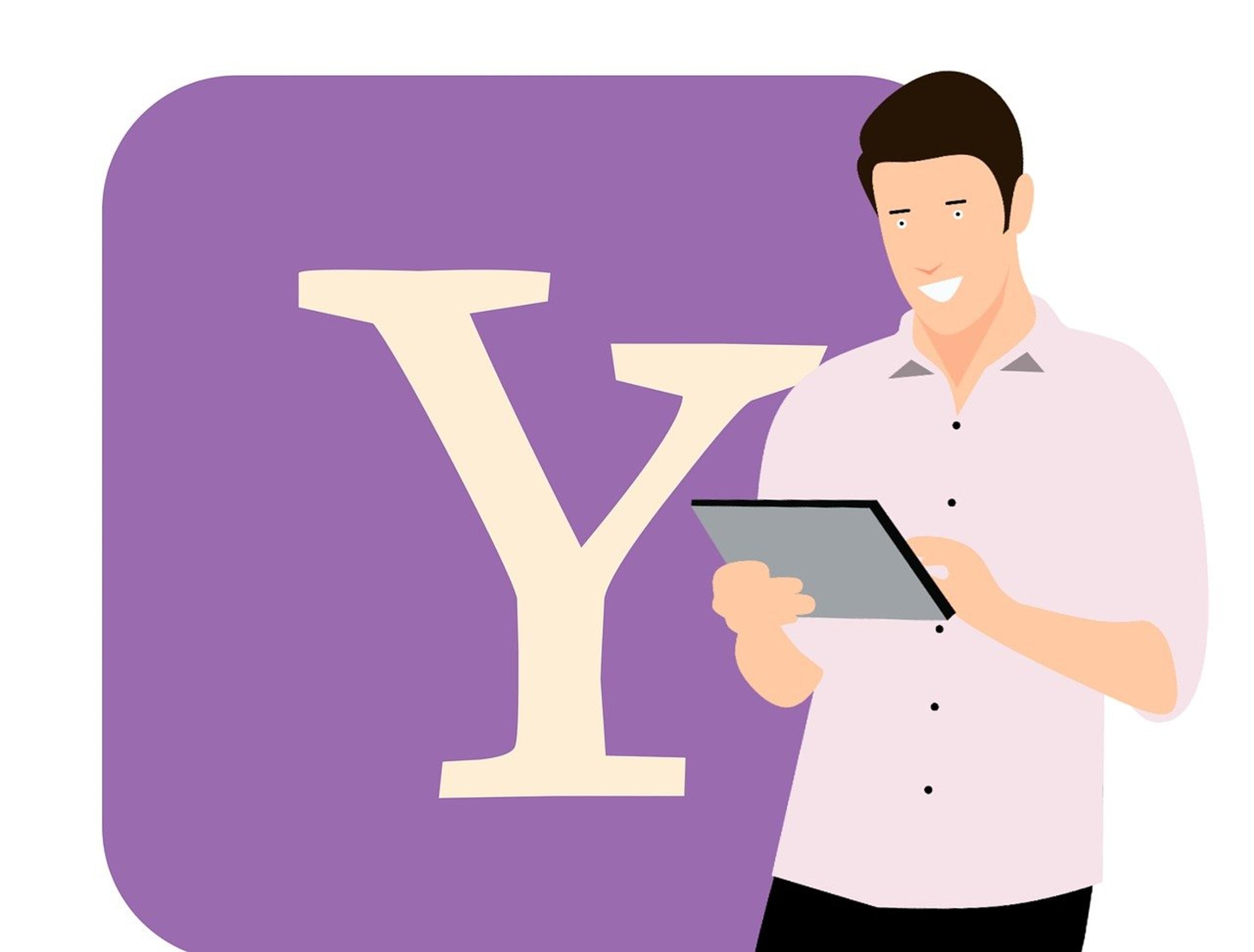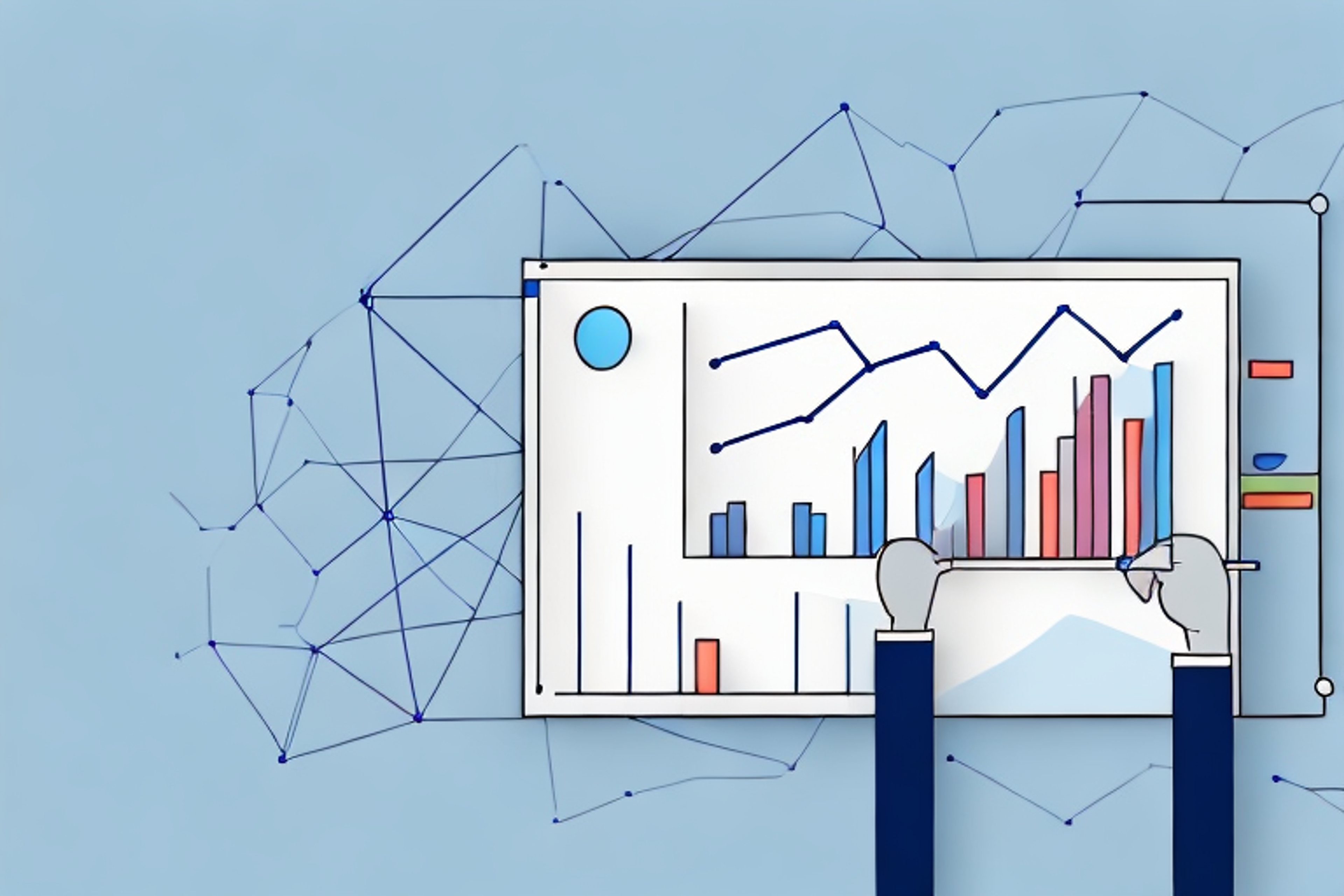How to Get Into the Yahoo APM Program (2024)
Read the ultimate guide to the Yahoo APM program to get you your dream product management role, including an overview of the application, sample questions, free resources, tips, and coach recommendations.
Posted June 13, 2025

Table of Contents
What is the Yahoo APM Program?
The Yahoo Associate Product Manager (APM Program) is a two-year rotational program. Yahoo seeks aspiring product managers to join them in shaping the future of media and technology through our renowned Yahoo APM program. This program provides APMs with a remarkable product portfolio and impactful opportunities.
Yahoo APM Program’s Core Principles:
- Opportunity: You’ll be placed into high-upside situations and are responsible for maximizing impact.
- Mentorship: The APM program offers mentorship like no other. A cohort of ambitious PMs like yourself, access to director and VP-level PMs around the company, regular talks with company executives, and professional coaching to direct your early-career trajectory.
- Expectation: APMs are expected to win. That’s a direct quote from the APM director, and it sums up the reputation APMs have earned within the company.
An Overview of the Yahoo APM Program Application (2023-2024)
The Yahoo APM program application is closed for Fall 2023; however, we will be sure to update this page once the application opens for the next cohort!
Who is Yahoo Looking for?
At a high level, APMs have strong technical understanding, product sense, analytical ability, and clear interpersonal communication capability. Yahoo looks for candidates that are graduating this school year, or who have less than 2 years of full-time working experience.
What is the Interview Process?
The interview process consists of two phone screens, followed by a final full day of interviews, which may be onsite or remote. Max, an APM1 (class of ‘22), lists some of his interview tips for those going through the process here.
FAQs
Q: How many APMs are there?
- A: The program ranges in size from four to 10+ but there is no formal limit.
Q: What products do APMs work on?
- APMs work on products like Yahoo Sports, Yahoo Mail, Yahoo Finance, Yahoo News, Yahoo Search, Yahoo Homepage, and Yahoo for Business (Ad Platforms). Yahoo APMs have driven mobile app releases, defined innovative advertising formats, and improved platforms that users rely on every day.
Q: What kind of learning or mentorship opportunities are available to APMs?
- New APMs attend a series of product and leadership sessions to learn best practices from the start. APMs are also assigned mentors and can establish their own cadence, depending on the type of mentorship they are looking for. Your assigned mentors include an APM in the class above you, a senior-level product director on a team other than yours, and a professional executive coach from an external agency. Plus most APMs also find friendly role models after they start who are more than happy to informally mentor over coffee, tea, or virtually!
Q: How does the team matching process work?
- New APMs share their preferences for factors like product area, product maturity, managerial style, and team size with the APM Steering Committee, who will then assign the APM to a team.
Q: What fun things do APMs do together?
- Here are some things we like to do together: (1) Book club: APMs lead a monthly book club. The topics range from typeface design to why startups succeed or fail. (2) Associates-wide events: In addition to the APM Program, Yahoo also has an associates program in design. We have a quarterly social event where we can learn from and have fun with our peers. (3) Informal: anything from coffee chats to checking out the goats behind our Sunnyvale campus, or going out with the other APMs (anyone tried Untappd?)
Q: Which offices and locations are APMs based in?
- APMs are not required to be located next to an office, but most APMs are located in NY or the Bay Area.
Application Tips
So, how can you make your Yahoo APM application stand out? Here are a few tips for giving yourself the best chance at success.
1. Polish your resume.
The APM program at Yahoo is extremely competitive. Most applicants who submit their resumes will not get an interview. The best way to try and get one is to have a great resume. Make your bullet points specific to what you did (that is, not a group), quantify your impact, and avoid filler or vague words.
Verify that every bullet point is relevant to the job you’re applying for and tie them into the role’s responsibilities. Many PMs also choose to include a “Projects” section on their resumes in which they can fill potential gaps, highlight work done outside of a day job, and include any certifications/courses completed.
For more resume advice, read An Expert’s Guide to Resumes: Five Tips to Make You Stand Out.
2. Be ready to answer “Why PM?” and “Why Yahoo?”
These are fundamental questions that will impact whether the recruiter sees you as eligible to continue the interview process. While you don’t need to have technical experience, you do need to be able to articulate your interest in technical disciplines. When answering the “Why Yahoo?” question, be specific. Don’t just talk about how big Yahoo is. What specific teams and/or products are you interested in? Why Yahoo compared to other major PM programs?
3. When answering questions about products and product features during interviews, talk about tradeoffs.
Almost every aspect of product management includes discussions of tradeoffs. How will releasing one feature affect others? What should the engineering team prioritize? Bringing up tradeoffs in interviews shows the interviewers that you are thinking logically about the real implications of PM decisions. It will also show that your recommendations can be trusted because you have thought out the pros and cons.
4. Don’t try to analyze every potential aspect of a problem/question. Show that you understand the question through a north-star goal and then define any relevant metrics.
Your time during interviews is limited and it’s important that you’re getting to the point and covering all the bases. When asked a question about a product, explain the overarching goal as well as what metrics you would need to measure to reach that goal. If the interviewer pushes back, explain your assumptions and reasoning.
With that being said, don’t overwhelm the interviewer with every potential metric that could be relevant. Keep it narrowed to the most important ones and include justifications for why you chose them. What will actually drive success? What user behaviors are you looking to encourage?
5. Use a framework and think about the user experience.
Using a framework to structure the problem will show the interviewer that you approach problems methodically and are organized in your thinking. This includes talking about prioritization. If you’re discussing the implementation of a new feature, talk about the pros and cons of different solutions and what would need to be prioritized for each approach to work.
The user experience is the core of product management. Consistently factoring it in, through identifying desired user behavior and target user segments, demonstrates that you recognize the importance of the user in every product decision.
Read: Moving Beyond Frameworks: The Secret to Excelling in Product Management Interviews
50+ Sample Product Management Interview Questions
Yahoo-specific Questions
Product Sense
- Yahoo is considering a redesign of its home page to improve user engagement. How would you approach this project? What key metrics would you track to measure the success of the redesign?
- Yahoo Mail's mobile app usage has been declining. How would you identify the reasons behind this trend and propose features or improvements to address it?
- Yahoo wants to enhance content personalization for its users. What data sources and algorithms would you use to recommend relevant articles, videos, and ads to users?
- Yahoo Finance wants to expand its offerings beyond stock market data. How would you prioritize and launch new features that keep users engaged while maintaining the platform's credibility?
- Yahoo Sports wants to increase user engagement during off-seasons. What strategies would you suggest to keep users active and interested in the platform year-round?
- Yahoo Weather has a large user base but struggles with monetization. How would you explore revenue-generation opportunities while keeping the user experience positive?
- Yahoo Groups was once popular but lost traction over time. How would you approach reviving this platform, considering changes in online communities and user behavior?
- With increasing concerns about online privacy, how would you design and implement privacy-focused features in Yahoo Search to differentiate it from competitors?
- As voice search gains prominence, how should Yahoo position itself to leverage this trend and provide value to users?
- Yahoo News wants to improve the transparency of its news recommendation algorithm. How would you address user concerns and communicate the algorithm's functioning in a user-friendly way?
Execution
- Yahoo wants to launch a new feature for its news platform. How would you prioritize features, work with cross-functional teams, and ensure a successful and timely launch?
- Describe how you would apply agile methodologies to the development of new features in Yahoo Finance. How would you handle changing requirements and maintain communication?
- Imagine a scenario where the design team and the engineering team have differing opinions on a feature's implementation. How would you mediate the conflict and guide the teams toward a resolution?
- After launching a new feature on Yahoo's entertainment platform, how would you gather and analyze data to determine its success? What metrics would you consider?
- Yahoo is considering expanding its services into a new market. How would you conduct market research and gather user feedback to adapt the product for the new audience?
Leadership & Drive
- How do you resolve conflicts instead of avoiding or ignoring them?
- How have you solved a challenge, whether or not it was technically your problem?
- Can you adjust your leadership style to specific situations and people? Are you able to encourage collaboration and reconcile differences among opposing opinions?
- Do you know what your weaknesses are? Are you willing to learn and grow?
- Are you able to stick to things long-term?
Other Example Questions
- Describe a time when you identified an opportunity for product improvement. How did you approach it, and what were the results?
- How do you stay updated on industry trends and emerging technologies that could impact your products?
- Can you discuss a challenging project you managed from conception to completion? What were the key milestones and outcomes?
- How would you balance user needs, business goals, and technical constraints when making product decisions?
- Share an example of a product launch that didn't go as planned. What did you learn from the experience?
- Describe a situation where you had to make a trade-off between launching a product quickly and ensuring it was fully polished. How did you decide?
- How would you handle negative user feedback or a sudden drop in key performance metrics for one of your products?
- In a competitive market, how would you differentiate Yahoo's products from those of its competitors?
- Can you discuss a time when you had to work with remote or distributed teams? What strategies did you use to ensure effective collaboration?
- How do you approach defining the target audience for a product and tailoring its features to meet their needs?
- Describe a feature you've seen in another product that you think could be applied to a Yahoo service. How would you evaluate its potential impact?
- How do you envision the role of AI and machine learning in the future of Yahoo's products?
- Give an example of a situation where you had to make a decision with incomplete data. How did you proceed?
- How do you ensure that your product roadmap remains aligned with the company's overall strategy and goals?
- Describe a time when you successfully influenced stakeholders to adopt a new product strategy or idea.
- How do you handle situations where engineering resources are limited, but product demands are high?
- Explain the concept of a "minimum viable product" (MVP) and how you would use it to test a new product hypothesis.
- How would you approach a situation where a product feature you strongly believed in received negative feedback from users during testing?
- Can you discuss a time when you had to pivot a product's direction due to shifts in the market or user preferences?
- How would you address accessibility and inclusivity concerns when designing products for a diverse user base?
- Describe a project where you had to balance short-term wins with long-term strategic goals.
- How do you gather input from various stakeholders with differing opinions and use that input to make informed product decisions?
- What strategies would you employ to encourage user-generated content and engagement within a Yahoo community platform?
- Can you give an example of a successful cross-promotion strategy you've seen between different products or services?
- How do you approach A/B testing and use it to optimize product features and user experiences?
- Describe a situation where a project timeline was at risk. How did you manage to deliver the project on time, or how did you handle the situation if it was delayed?
- What steps would you take to address scalability challenges as a product gains popularity and attracts more users?
- Can you discuss a time when you had to address ethical considerations in a product decision-making process?
- How do you ensure that your product's user interface remains intuitive and user-friendly as it evolves over time?
- What role does storytelling play in presenting a product vision and gaining buy-in from stakeholders?
Other Resources to Break Into Product Management
Yahoo-specific
- Yahoo – What Makes a Good APM?
- Diego Granados – Interview with Yahoo Associate Product Manager
- PM Tech Lessons – My Resume When I Became an APM
PM Guides:
- Aha! – Product Management Guide
- Udacity – Product Design by Google
- Infinity – Practical Product Management Framework
- Jeff Whitlock – The Beginner’s Guide to Product Management
- Product School – The Ultimate Product Management Guide
- Product Life – The Associate Product Manager Playbook
Other:
- Roadmunk – 10+ Free Customizable Product Roadmap Templates
- UpGrad – How to Crack the PM Interview
Where Can I Start?
Product management is becoming an increasingly competitive industry and the application process can be difficult to go through alone. Here are some of our additional PM resources to help you navigate the job hunt and recruiting journey.
- The 25 Best Entry-Level APM Programs
- Tips from an Expert: How to Prepare for Your Product Management Interview
- 20+ Free Product Management Resources
- Top MBA Programs for Product Management
- How to Get Into the Facebook/Meta RPM Program (2024)
- How to Get Into the Lyft APM Program (2024)
- How to Get Into the Salesforce APM Program (2024)
- Cracking the MI-GSO PCUBED Interview: Questions You Should Prepare For
For personalized advice and guidance, work one-on-one with an expert Leland PM coach. They have experience at top companies and can help with any part of the application, recruiting, and hiring processes. A few of our top recommendations are below, and you can see our full list of world-class PM coaches here.
Final Note
Leland provides you with the content, community, and coaching that you need to build your dream product management job and accomplish other ambitious goals. Sign up today to gain access to additional free resources, community events, small group classes, world-class coaching, and more.











